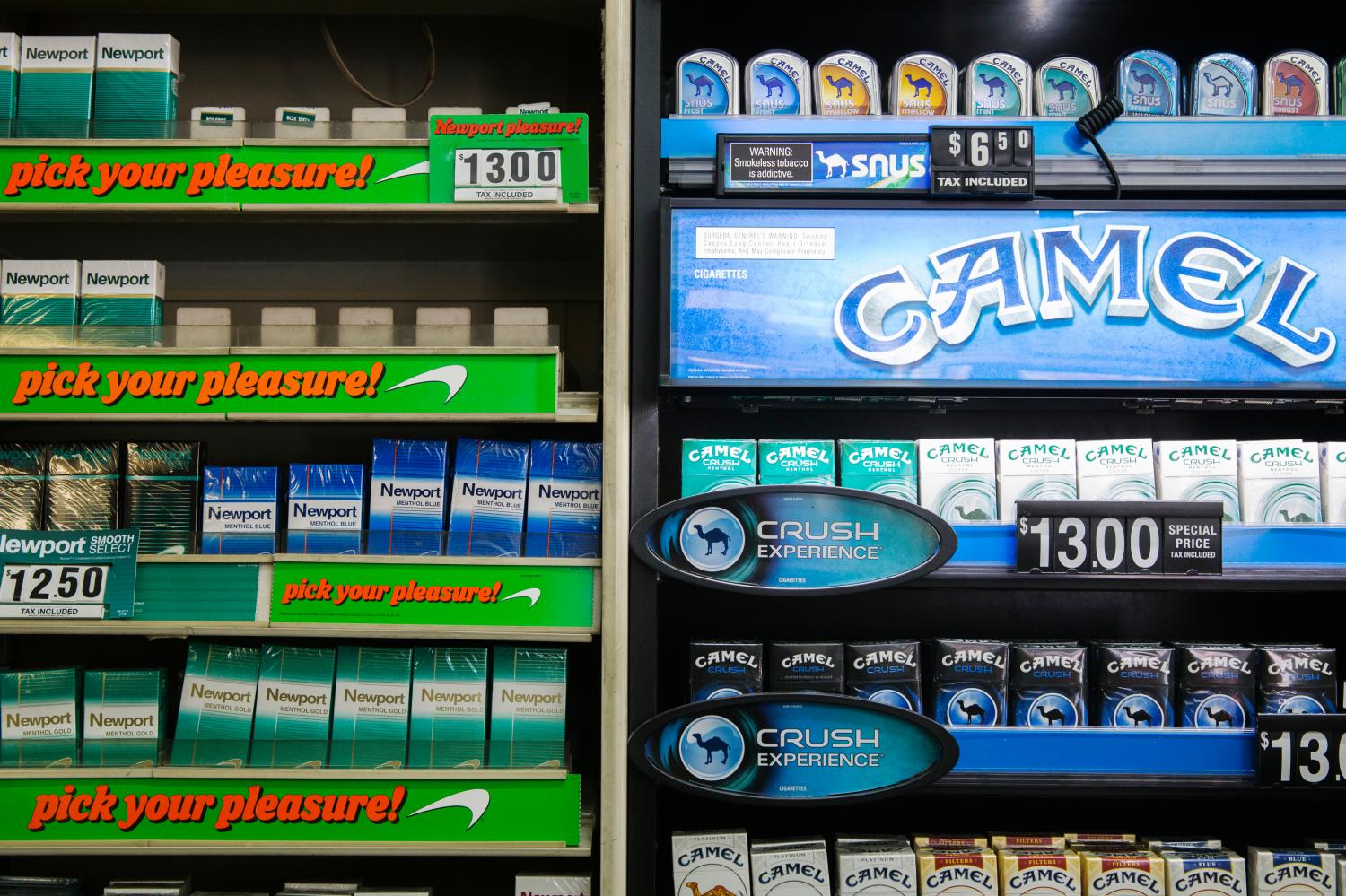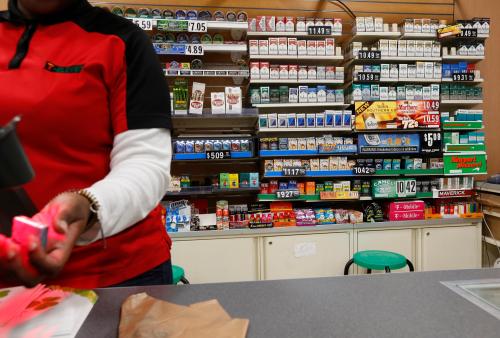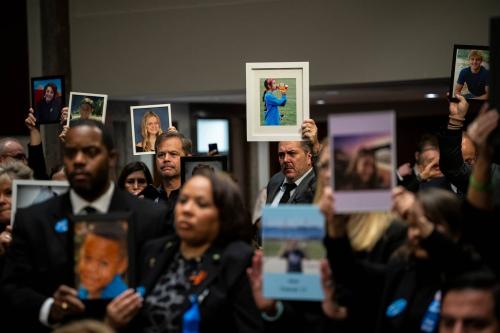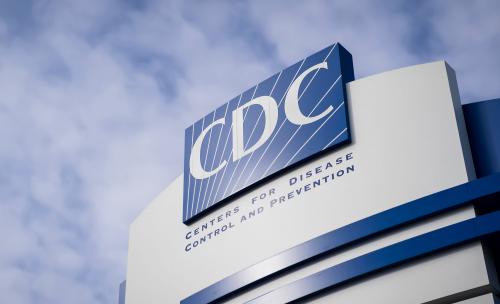This page summarizes the findings of a paper published on August 28, 2019 in Tobacco Control, authored by researchers from the Brookings Institution, Washington University in St. Louis, the Mitchell Hamline School of Law, and the University of Colorado at Denver. This paper builds upon previous research from the Tobacco Town Minnesota project.
Tobacco use remains the single largest preventable cause of death and disease in the United States, killing more than 480,000 Americans each year and incurring over $300 billion per year in costs for direct medical care and lost productivity.
In addition, of all cigarettes sold in the U.S. in 2016, 35% were menthol cigarettes, which are particularly popular among African American adult, adolescent, and young adult smokers.
Tobacco Town Minnesota: The Study
New research from Brookings’ Center on Social Dynamics and Policy, in partnership with scholars from Washington University in St. Louis, the Mitchell Hamline School of Law, and the University of Colorado at Denver builds upon the Tobacco Town Minnesota project to explore the impact of tobacco control policies in the retail environment.
The new study uses an agent-based model (ABM) to explore the impact of two types of policy interventions: restricting sales of menthol cigarettes and reducing the density of tobacco retailers in a given community. ABMs are a class of computational simulation model that can provide useful insight into complex, adaptive systems, including those that arise from dynamic interactions between people and their environment. In this case, each “agent” in the model represents a smoker who makes purchase decisions over time—whether, where and which product type to purchase—based on a combination of their own attributes (e.g. where they reside and work, product preferences) and the simulated retail environment.
Results of the agent-based models
Experimentation using the model showed that restricting all cigarette sales or menthol cigarette sales to tobacco specialty shops may have the largest effect on the total costs of purchasing cigarettes. Coupling one of these policies with one that establishes a minimum distance between tobacco retailers may enhance the impact. Combining these policies also has the potential to reduce disparities in tobacco use across populations.
These simulations revealed the importance of context in designing tobacco control policies. For example, low-income communities in Minnesota and beyond, especially urban ones, experience disproportionately high tobacco retailer density. As a result, the impact of policies may be smaller in these communities than in higher income ones. Therefore, policymakers should carefully consider the “match” between tobacco retailer policies and the setting in which they will be applied (sometimes referred to as ‘precision’ prevention). Doing this is essential in order to avoid ineffective (or even counterproductive) efforts.
Beyond Tobacco Town Minnesota
ABMs allow researchers to create “virtual policy laboratories” that can be used to guide the adoption of effective policies and practice. Not only is the Tobacco Town model a tool for policymakers and community stakeholders to use as described in this study, but it is also highly extensible: it can be the basis for future simulation models that explore a wider variety of potential policies in a broader array of settings. In addition, this research is a demonstration of how a collaboration between an interdisciplinary group of researchers and policy experts can address challenging, long-standing public health problems.













